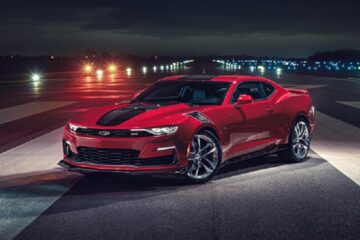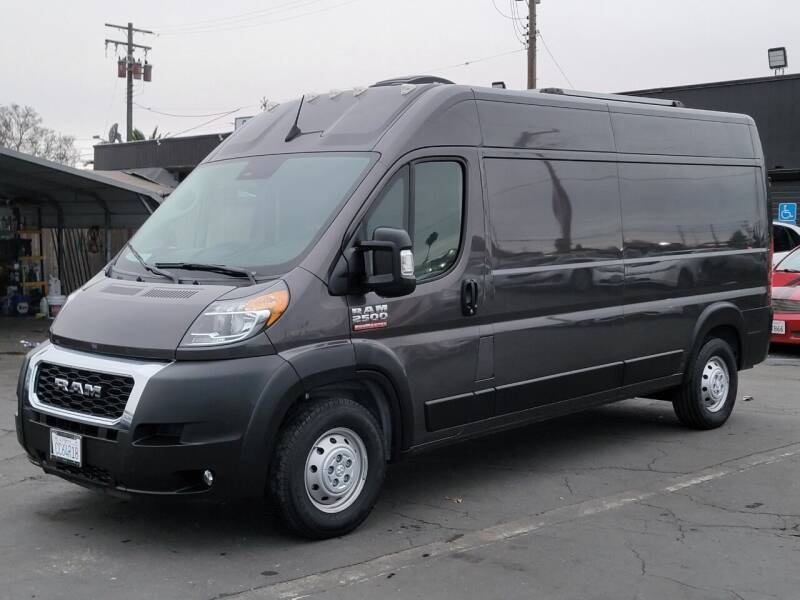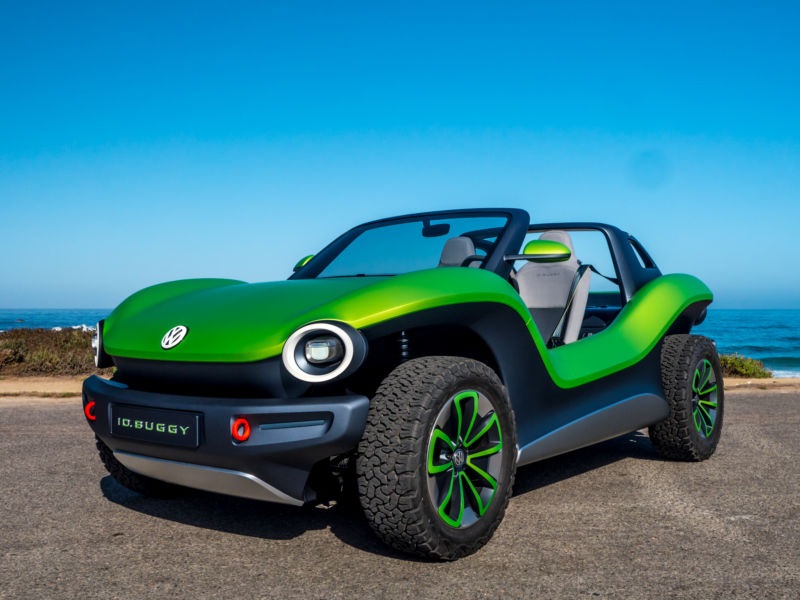Fun Facts and Interesting Trivia About Car Sunroofs Through the Years

Sunroofs, also known as moonroofs, have been a captivating feature in automobiles for decades, offering an open-air driving experience and a touch of luxury. But beyond their aesthetic appeal, sunroofs have a rich history and some surprising facts that might just pique your interest. Let’s dive into some fun facts and trivia about car sunroofs:
A Glimpse into the Past
The concept of a sunroof dates back to the early days of automobiles. While the exact origin is debatable, manually operated sliding panels were among the earliest versions. These crude sunroofs provided ventilation and natural light, although they were often prone to leaks and required considerable effort to operate. In the 1930s, car manufacturers began incorporating more sophisticated sunroof designs into their vehicles. These early sunroofs were typically made of fabric or metal and could be opened manually.
Technological Advancements
As automotive technology progressed, so did sunroof designs. The introduction of electric motors revolutionized the operation of sunroofs. With the push of a button, drivers could effortlessly open or close their sunroof. This convenience factor significantly boosted the popularity of sunroofs. Moreover, the materials used in sunroof construction also evolved. Tempered glass replaced earlier materials, providing greater durability and safety. The Auto Repair in Columbia, SC based services can offer the best supports there.
Sunroof Variations and Features
Over the years, various sunroof types have emerged, each with its own unique characteristics. Pop-up sunroofs, sliding sunroofs, and panoramic sunroofs are among the most common variations. Pop-up sunroofs tilt open to provide ventilation, while sliding sunroofs retract into the roof of the car, offering a more open-air experience. Panoramic sunroofs, on the other hand, span a large portion of the vehicle’s roof, providing expansive views and an abundance of natural light.
Sunroof Trivia
Did you know that the term “moonroof” was coined by Ford in the 1970s to describe their tinted glass sunroofs? The term was intended to differentiate Ford’s sunroofs from those of other manufacturers. Despite the difference in terminology, both sunroofs and moonroofs serve the same purpose: to enhance the driving experience with natural light and ventilation. Another interesting fact is that some modern sunroofs are equipped with rain sensors. These sensors automatically close the sunroof when rain is detected, preventing water from entering the vehicle’s interior.
Sunroofs: Then and Now
The evolution of sunroofs mirrors the advancements in automotive technology, transitioning from rudimentary, hand-cranked panels to the streamlined, electrically-powered systems we see today. Early sunroofs, often aftermarket additions, provided a basic opening for ventilation. In contrast, modern iterations boast features like automatic rain sensors, one-touch operation, and sophisticated sunshades. These advancements have transformed sunroofs from simple air vents into integrated components enhancing the overall driving experience. Beyond functionality, sunroofs offer a connection to the outdoors, bringing natural light and fresh air into the cabin. This sensory enhancement contributes to a more engaging and pleasurable ride, making sunroofs a desirable feature for drivers seeking both comfort and a touch of luxury in their vehicles.















